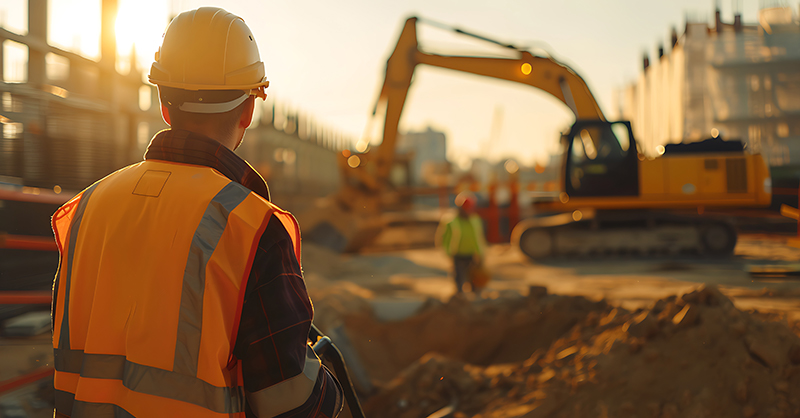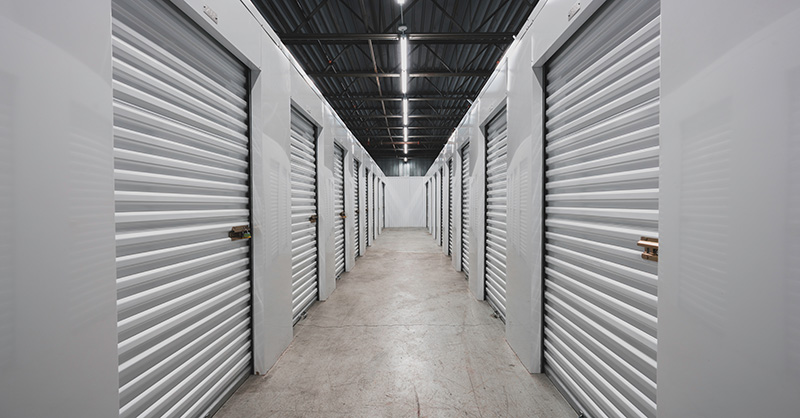Situational Awareness: Improving Construction Safety with the 20-20-20 Rule

In the construction industry, situational awareness is a critical skill that can significantly impact safety, efficiency and overall project success.
Most projects begin with a daily plan, communicated through a superintendent or trade leader. In a fluid environment, like a large construction site, things can change quickly. The initial plan often fails to consider specific details of the tasks. This necessitates teamwork and paying attention to what is happening around you as the day progresses. That is where situational awareness comes into play.
How Can You Improve Job Site Safety Through Situational Awareness?
Situational awareness involves being fully aware of your surroundings, recognizing what has changed in your workspace and anticipating future changes in the space you are working.
- Stay Observant: Continuously monitor your work area. Take note of who is around you, what equipment is in use, where materials are stored or being placed and any environmental changes—like shifting weather or unstable ground.
- Evaluate Interactions Between Worksite Activities: Be aware of how different factors in your work environment can influence one another—and how those interactions might create risks. For example, if a steel erector begins grinding material overhead, that change has created a hazard for your work by introducing hot work into the space. If flammable or combustible materials are nearby, the hazard is even greater.
- Think Ahead: Anticipate what will likely happen next in the work area, and take proactive steps to mitigate risks and improve outcomes. Hold a quick coordination meeting to align on the sequence of work and reduce potential risks.
One effective method to enhance situational awareness on construction sites is the 20-20-20 rule. This simple yet powerful practice can help prevent accidents and improve safety outcomes.
What is the 20-20-20 Rule?
The 20-20-20 rule encourages workers to regularly pause and assess their surroundings. By taking a moment to scan the work area, they can identify potential hazards, enhance safety and support smoother project execution.
This rule encourages workers to do the following:
- Every 20 Minutes: Set a timer or reminder to pause and assess their surroundings.
- For 20 Seconds: Focus on their environment without distractions.
- Look 20 Feet Around You: Scan a 20-foot radius to identify any potential hazards or changes in the area they are working in.
This regular scan of the work area helps workers stay alert and aware of their surroundings, reducing the likelihood of accidents caused by overlooked hazards.
Benefits of the 20-20-20 Rule
Applying the 20-20-20 rule on construction sites can offer benefits that extend well beyond safety. It can promote smarter workflows, stronger collaboration and more effective risk management. Here’s how:
- Improved Safety: Regularly scanning the workspace helps workers identify and address hazards before they lead to accidents. This proactive approach can prevent injuries and fatalities, making the construction site safer for all trades on the jobsite.
- Enhanced Efficiency: The 20-20-20 rule can contribute to better decision-making and coordination among trade partners. Workers who are aware of their surroundings can avoid unnecessary hazards and conflicts that can cause delays and misunderstandings. This can ultimately lead to safer, more efficient project execution.
- Effective Risk Management: Construction projects face unpredictable variables like weather conditions, material delays and personnel changes. The 20-20-20 rule brings a focus to the things that can be controlled on the site and helps supervisors and trade leads to identify and plan these risks in real-time.
- Better Team Coordination: Effective collaboration on a construction site requires that workers be on the same page. Regularly practicing the 20-20-20 rule supports better communication and teamwork among the workforce, reducing the chances of conflicting activities and accidents.









